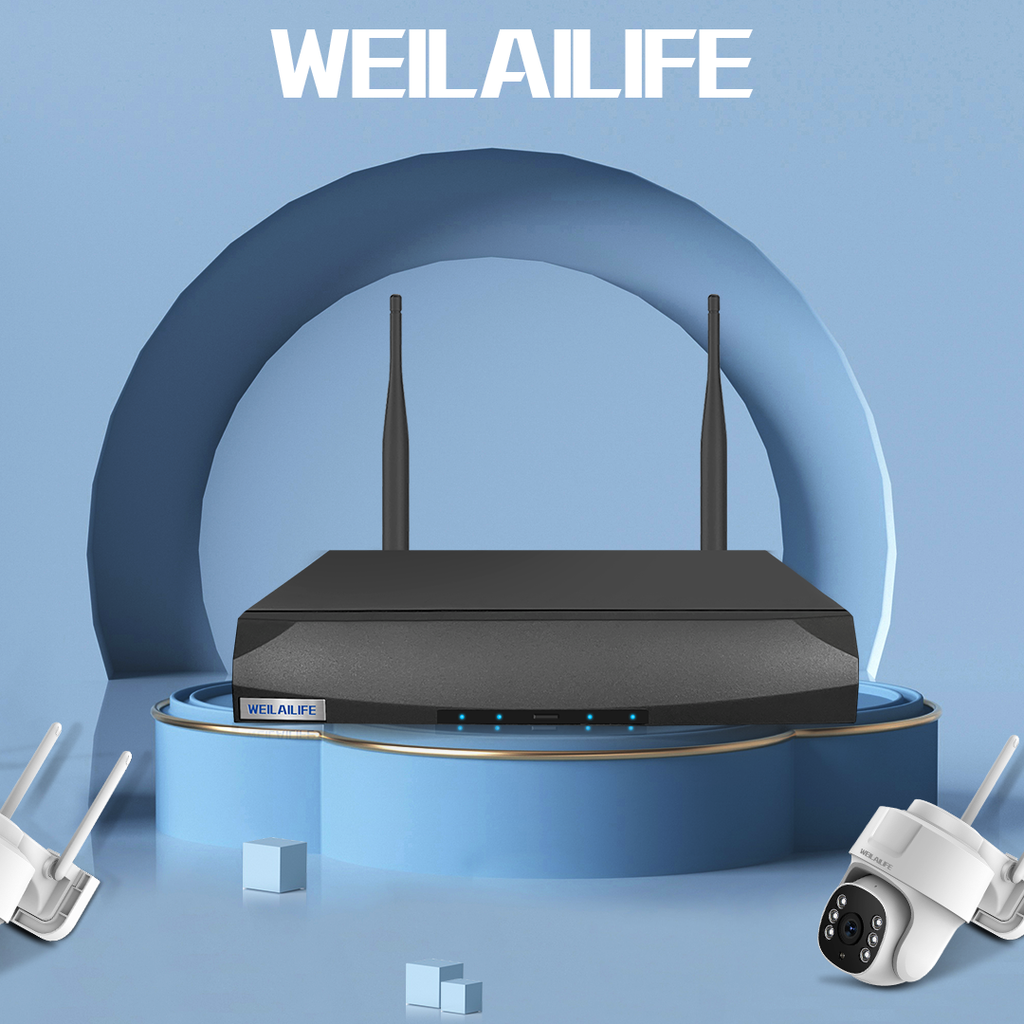An In-Depth Analysis of Remote Video Surveillance: A Perspective from WEILAILIFE
Remote video surveillance, also referred to as remote network monitoring, represents a revolutionary leap in the way we engage with security solutions. This concept entails the ability to access live video feeds from surveillance cameras or other video capture devices, regardless of physical proximity. In this digital age, remote video surveillance has permeated our lives and has even transitioned from public spaces to private residences. Its pervasive application is fueled by the extensive security benefits it offers, particularly in the realm of safety. A well-known Chinese proverb states, "Seeing is believing," and this adage holds true for modern security systems. The introduction of remote video surveillance caters precisely to the human need for tangible, visual information.
So, how did the evolution of video surveillance systems unfold, and what stages did it traverse? This article aims to provide a comprehensive overview, exploring the historical trajectory and transformation of video surveillance systems.
**First Generation: Traditional Analog Surveillance Systems**
The initial phase of video surveillance witnessed the emergence of traditional analog systems, centered around matrix-based technology. These systems featured a configuration comprising analog cameras, specialized video cables, switching matrices, monitors, analog recording equipment, and videocassettes. While this phase marked a significant advancement in surveillance technology, it was limited to small-scale monitoring within close proximity.
**Key Features:**
- Analog video signal capture, transmission, and storage.
- Considerable video quality achieved through analog technology.
- Maturity in technology over several decades.
However, the first-generation systems exhibited significant drawbacks:
- Limited coverage area and distance due to analog transmission.
- Complicated expansion and high costs associated with system scaling.
- Complex management and maintenance due to extensive use of videotapes.
- Limited integration with other security systems.
**Second Generation: Transition to Digital with DVR**
The second phase saw the emergence of digital video surveillance systems with Digital Video Recorders (DVRs) at their core. DVRs leveraged computer technology to offer more user-friendly viewing and management methods. They tackled many challenges that were insurmountable for analog matrix technology, representing a logical progression from the first generation.
**Key Features:**
- Capture and storage of video and audio signals in digital format.
- Enhanced storage capacity and video retrieval capabilities.
- Compatibility with analog systems, offering an upgrade path.
- Network-enabled DVRs mitigated long-distance transmission issues.
However, certain limitations became evident as these systems gained widespread adoption:
- Transition from analog to digital in the middle transmission segment, limiting remote accessibility.
- Limited single-machine capacity for storage, prompting the need for more efficient solutions.
- Basic network functionality in DVRs, hindering large-scale deployments and maintenance.
**Third Generation: Holistic Digital Surveillance Systems**
The third generation marks the advent of fully digital video surveillance systems, where network-enabled video cameras directly transmit digital signals through networks. This evolution eliminates analog components from the equation, making it possible to access and control surveillance footage remotely.
**Key Features:**
- Flexible stackable architecture with various networking topologies.
- Efficient infrastructure, reducing management complexity and cable clutter.
- Diverse deployment options for versatility.
- High-quality lossless video exchange, enabled by a network.
- Leveraging existing TCP/IP networking, resulting in multiple access methods.
- Seamless integration with existing and new applications, fostering unified networks.
Currently, the third-generation approach is widely embraced, especially considering the trend toward smart and connected solutions. However, it's essential to recognize that the first and second generations still find applications in specific contexts. Furthermore, video surveillance systems continue to evolve toward increased intelligence, accessibility, and integration with our daily lives.
In conclusion, remote video surveillance has transformed the security landscape, bridging physical distances and bringing situational awareness to our fingertips. As a brand that prioritizes innovation and customer-centric solutions, WEILAILIFE recognizes the significance of remote video surveillance in enhancing safety and peace of mind. Through constant evolution and optimization, we remain committed to empowering individuals, businesses, and communities with advanced security solutions that adapt to the changing needs of modern life. From outdoor security camera systems with wireless night vision to comprehensive wireless security camera sets, we continue to redefine what it means to safeguard what matters most. With a focus on excellence and forward-thinking, WEILAILIFE stands at the forefront of the remote video surveillance revolution.
Sample Block Quote
Nam tempus turpis at metus scelerisque placerat nulla deumantos sollicitudin delos felis. Pellentesque diam dolor an elementum et lobortis at mollis ut risus. Curabitur semper sagittis mino de condimentum.









